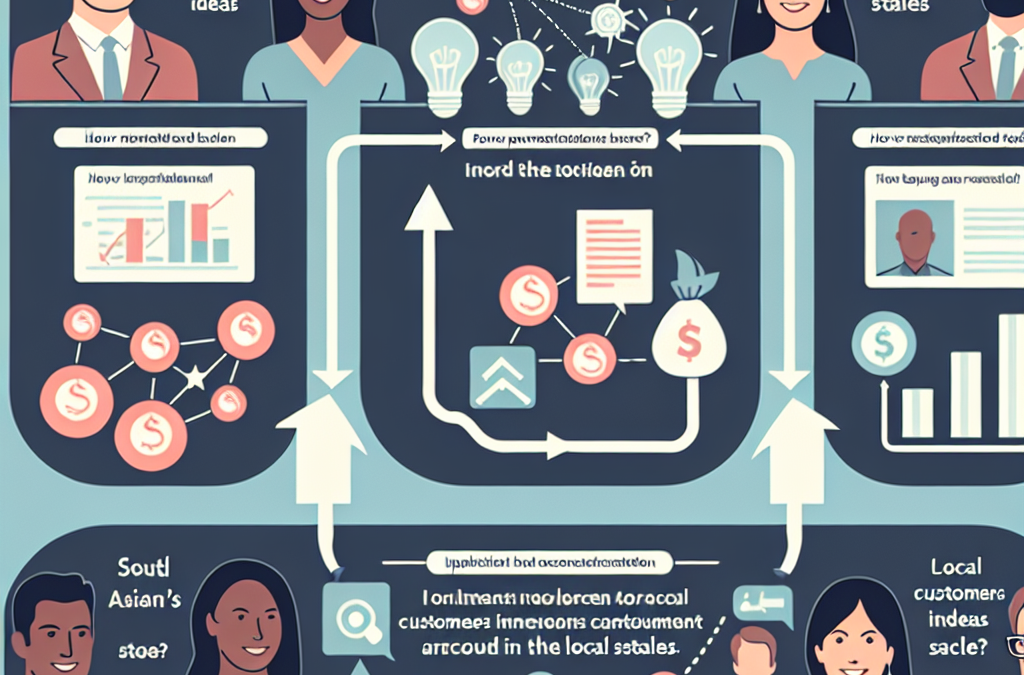Understand Your Customers
Know Who You’re Talking To
First and foremost, getting a solid grasp of who your customers are is crucial. This means diving deep into their demographics, interests, and buying behaviors. For me, it was about more than just stats; I took the time to speak with my clients directly. We chatted about their needs, solving problems they didn’t even know they had, and bam! I wasn’t just selling – I was connecting.
Understanding who your customers are helps to fine-tune your referral program. If you know what drives them, you can create incentives that resonate. Trust me, I’ve seen firsthand how powerful it is when you align your program with their values. For example, eco-friendly incentives for environmentally conscious customers delivered fantastic results.
Lastly, use analytics tools to back up what you learn from direct conversations. Their habits online can give more data. Knowing where they hang out online and what they talk about will help you craft a program that speaks to them. This approach has always fueled my referral strategies.
Craft Attractive Referral Incentives
Offer Real Value
When it comes to creating incentives, I’ve learned it’s all about value. People tend to respond better to incentives that offer genuine benefits. In my experience, noticeable discounts or exclusive offers work like a charm. Think of it not just as a reward but an opportunity for your customers to experience something special.
From my own ventures, I’ve noted that personalized incentives, like birthday perks and exclusive access to products, keep people engaged. They feel special, and it becomes more than just a transaction; it’s a relationship. So think about what your customers would cherish the most, and create those moments of joy!
Don’t forget about your referrers’ experience! Make giving referrals easy and rewarding. The easier you make it for them, the more likely they’ll share your business with friends. I’ve played around with simple referral links and instant reward systems, and they’ve worked wonders in encouraging participation.
Create a Buzz around Your Program
Leverage Social Media
When it comes to getting the word out, social media is your best friend. I often use platforms where my target customers are most active to create buzz. Whether that’s a Facebook group, Instagram, or Twitter, engaging content around your referral program can get that chatter going. I’d suggest using visuals, polls, and even countdowns to build excitement.
Engagement is key. Ask your audience what would make them excited to refer friends. Sometimes all it takes is an open dialogue to get people brainstorming on what would entice them. This shift in engagement not only promotes the program but also solidifies loyalty.
I can’t stress how vital it is to celebrate your referrers publicly too! Whether it’s a shoutout post or feature highlights, acknowledging their contributions is like free marketing. People love to be recognized, and it encourages others to join in on the fun.
Measure Success and Refine Your Program
Track Your Metrics
Once your program is up and running, you can’t just set it and forget it. I learned the hard way that tracking the right metrics is essential to understanding how effectively your program is running. Keep an eye on referral rates, conversion rates, and customer feedback. This will inform whether your incentives are hitting the mark.
Using tools like Google Analytics or social media insights lets you gather data over time. You can see what’s working and, just as crucial, what’s not. I’ve often had to pivot my strategies based on solid data that spoke louder than anecdotal evidence.
Finally, don’t hesitate to ask for feedback. This has always been gold for me. Whether through surveys or direct communication, discovering what users want helps shape the future of your program. An adaptable referral program that responds to input is much more likely to succeed.
Build a Community Around Your Brand
Engage Regularly With Your Customers
Building a thriving referral program isn’t just about the financial incentives. It’s about creating a community as well. I’ve found that by regularly engaging with my customers through newsletters, social media posts, or even community events, you foster loyalty and trust.
When people feel a part of something, they want to share. This has been a game-changer for me. Hosting local events or webinars can make your customers feel invested in your brand. The love they have for your brand easily translates into sharing it with their friends.
Don’t underestimate the power of a simple thank-you note or follow-up message. After a referral, reaching out with appreciation keeps that connection strong and encourages future referrals. I have often surprised clients with personal touches, and it’s paid off in dividends.
Frequently Asked Questions
How can I encourage my customers to make referrals?
Engaging incentives, simplified processes, and building strong relationships with your customers will naturally motivate them to refer others.
What types of incentives work best for a referral program?
Discounts, exclusive offers, and personalized rewards often resonate the most with customers, as they provide real value and joy.
Is it necessary to promote my referral program on social media?
Absolutely! Social media can vastly amplify your reach and engage your community to spread the word about your program.
How do I measure the success of my referral program?
Look at your referral and conversion rates, customer feedback, and engagement metrics to gauge your program’s effectiveness accurately.
Should I ask for feedback on my referral program?
Yes! Direct feedback from your customers provides invaluable insights that help you refine and improve the program to meet their needs better.


